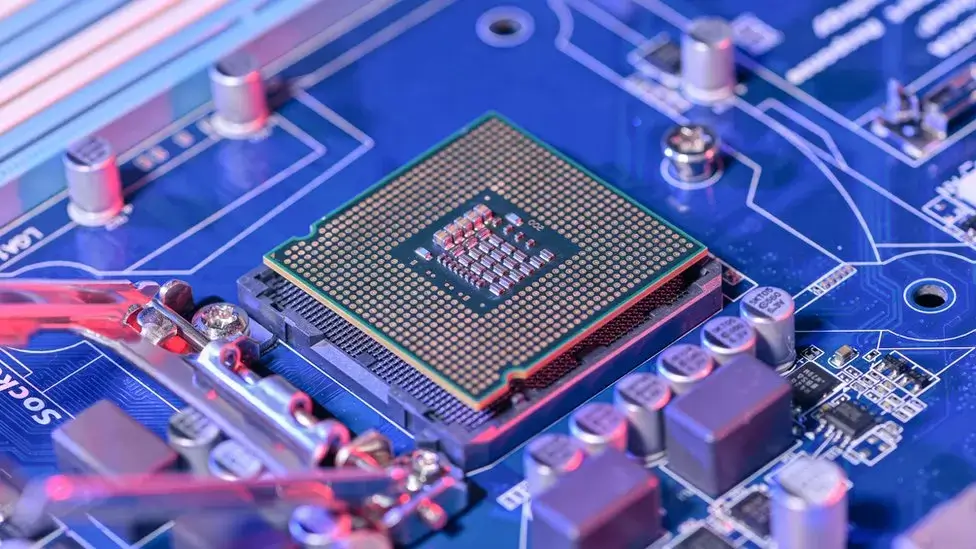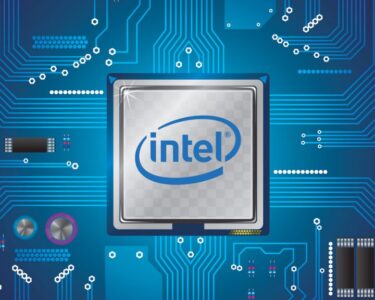In the rapidly evolving landscape of modern manufacturing and technology, few components hold as much importance as semiconductors, also known as microchips or integrated circuits. These tiny fragments, primarily made from materials like silicon, undergo a process called doping to enable them to switch between conducting and not conducting electricity, allowing them to speak the binary language of 1s and 0s that underpins computing processing. Their remarkable small size belies their immense power, with some modern microchips containing as many transistors as all the stones in the Great Pyramid of Giza.
The significance of semiconductors lies in their role as the foundation of modern computing and electronic devices. From smartphones and laptops to routers and switches, semiconductors are at the heart of the electronic systems that power our daily lives. Furthermore, they form the backbone of the internet and global communication infrastructures, enabling seamless connectivity worldwide. These versatile components also contribute to sustainability efforts, as they are found in renewable energy technologies like wind turbines and solar farms, and play a crucial role in healthcare with medical devices and implantable technology like pacemakers and insulin pumps.
The semiconductor industry is an economic powerhouse, valued at around $500 billion (£401 billion) and expected to double by 2030. However, this growing importance has drawn attention to supply chain vulnerabilities. At present, key players like the UK, US, Europe, and China heavily rely on Taiwan, where the Taiwan Semiconductor Manufacturing Company (TSMC) dominates semiconductor production, providing over half of the world’s supply for major companies such as AMD, Apple, ARM, and Nvidia.
Disruptions caused by the COVID-19 pandemic and geopolitical tensions have led governments worldwide to take action to boost their domestic semiconductor capabilities. The US, for instance, is making significant investments to attract technology manufacturing to its shores, while the European Union’s European Chips Act involves €43 billion of funding until 2030. Germany, too, has partnered with Intel to build a chip manufacturing site in Magdeburg, while TSMC has announced a massive investment in its new US plant.
The UK, positioned between these economic giants, has also taken steps to enhance its semiconductor production. The government has unveiled a national semiconductor strategy involving up to £200 million investment by 2025 and an additional £1 billion in the next decade. Some critics view these amounts as insufficient, but the government has shown its commitment to the sector by creating a new steering panel consisting of semiconductor experts and industry leaders. This panel is tasked with guiding the UK’s semiconductor industry, enhancing its resilience in the face of global tensions, and driving innovation across the British economy.
The involvement of semiconductor experts in policymaking is deemed essential by Technology Minister Paul Scully, as the sector’s growth and national security rely on a deep understanding of its nuances. With these initiatives, the UK seeks to bolster its semiconductor capabilities, reduce dependency on foreign suppliers, and ensure a stable supply chain for vital technologies. The efforts of governments around the world reflect the recognition of the pivotal role semiconductors play in shaping the modern world and securing a sustainable and innovative future.





